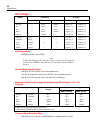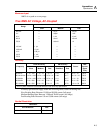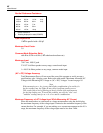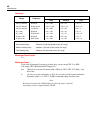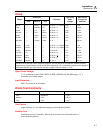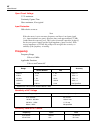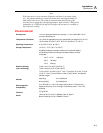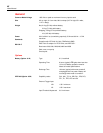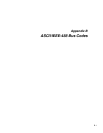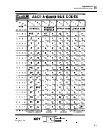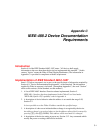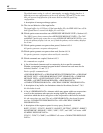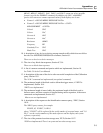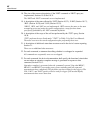
45
Users Manual
18. The size of the resource description, if the *RDT command or *RDT? query are
implemented, Sections 10.30 and 10.31.
The *RDT and *RAT? commands are not implemented.
19. A description of the states affected by *RST (Section 10.32), *LRN? (Section 10.17),
*RCL (Section 10.29), and *SAY (Section 10.33).
*LRN.2, *RCL, and *SAT are not implemented. *RST restores the meter to the state
assumed at power-up (using the stored configuration), except for those items
specifically forbidden by the *RST command definition.
20. A description of the scope of the self-test performed by the *TST? query, Section
10.38.
*TST? performs the tests listed under "*TAT?" in Table 5-8 of the Users Manual.
The meter reverts to the stored configuration after performing these tests.
21. A description of additional status data structures used in the device’s status reporting,
Section 11.
There are no additional data structures.
22. For each command, a statement describing whether is overlapped or sequential.
All commands are sequential; none are overlapped.
23. For each command, the device documentation shall specify the functional criteria that
are met when an operation complete message is generated in response to that
command, Section 12.8.3.
Operation complete is generated when the command is parsed. Note that MEAS?,
MEAS1?, and MEAS2? prevent the parser from continuing until all requested
measurements have completed. (This includes any time waiting for the trigger). The
VAL, VAL2?, and VAL2? queries will also wait for trigger if the needed display
measurements have never been done



